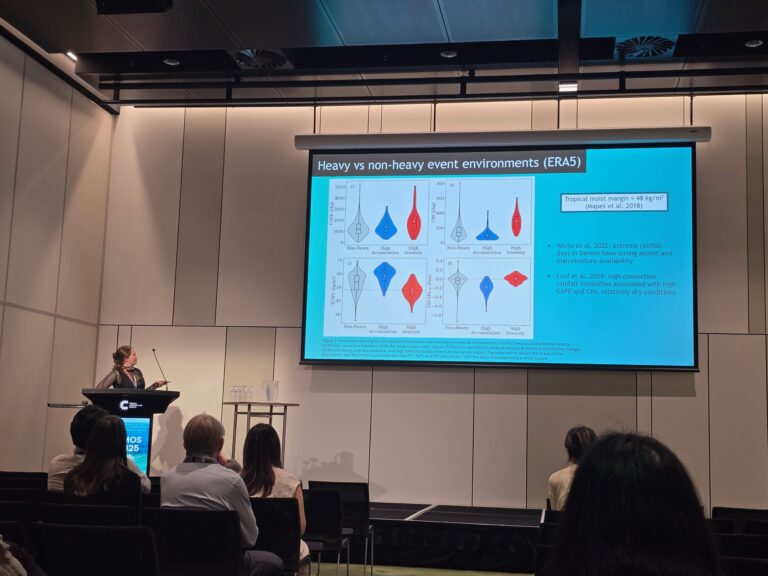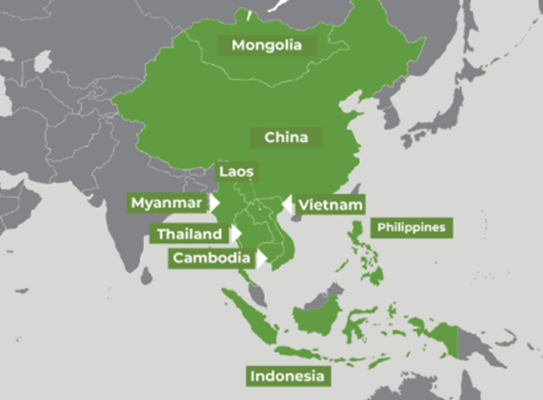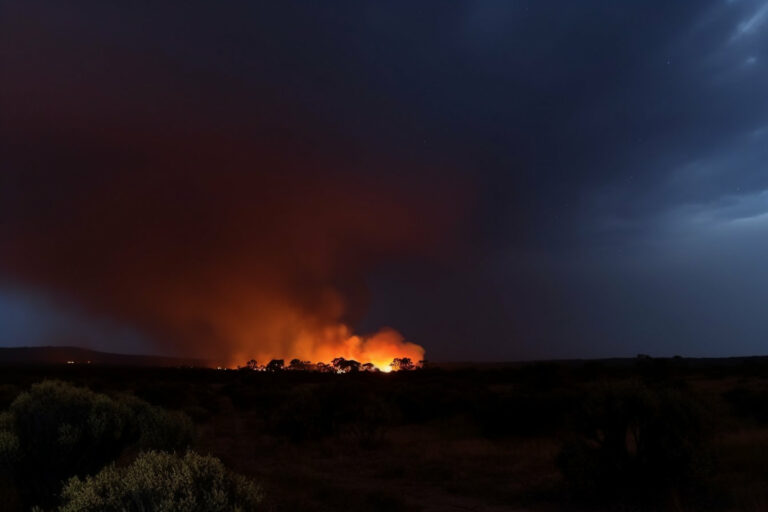
Natural Hazards Atlas Newsletter
Climate Futures has published a newsletter to update on the major Natural Hazards Atlas for Tasmania project. This newsletter shares insights from the project’s initial year.


Climate Futures has published a newsletter to update on the major Natural Hazards Atlas for Tasmania project. This newsletter shares insights from the project’s initial year.

Dr Annabel Bowden, Dr Krishneel Sharma and Dr Ben Weeding flew the flag for Climate Futures at the Australian Meteorological and Oceanographic Society (AMOS) 2025 conference in Cairns. All three team members promoted the work we do at Climate Futures, and presented well received talks that have led to new collaborations and research opportunities. The three early career […]

Climate Futures team members Dr Kathleen Beyer and Dr Ben Weeding have been working on a project funded by the Australian Centre for International Agricultural Research to build capacity in Indonesia on climate modelling for biosecurity risk. The project aims to understand the gaps in biosecurity risks in Southeast Asia due to climate change, providing […]

Tasmania’s tall eucalypt forests are globally significant because of their exceptional growth rates, tree height and the quantity of carbon they store. These values were recognised in the listing of the Minor Extension to the Tasmanian Wilderness World Heritage Area in 2013. Recent discoveries from monitoring of tall forest within the TWWHA, found the forest […]

Climate Futures has been working closely with Wine Australia to produce a new, comprehensive ‘Climate Atlas’ which lays out climate change-induced effects on Australia’s wine growing regions, and identifies pathways to adaptation. A three-year project with the University of Tasmania brought together an extensive, multi-disciplinary research team to consider the impact of seasonal climate variability […]

This project extended previous research to include greater understanding of potential vegetation change and consider the combined effects of extreme climate conditions associated with high fire danger, aspects identified by Tasmanian fire managers as being necessary to help them make decisions about the timing of prescribed burning in the future. The project assessed changes in […]
